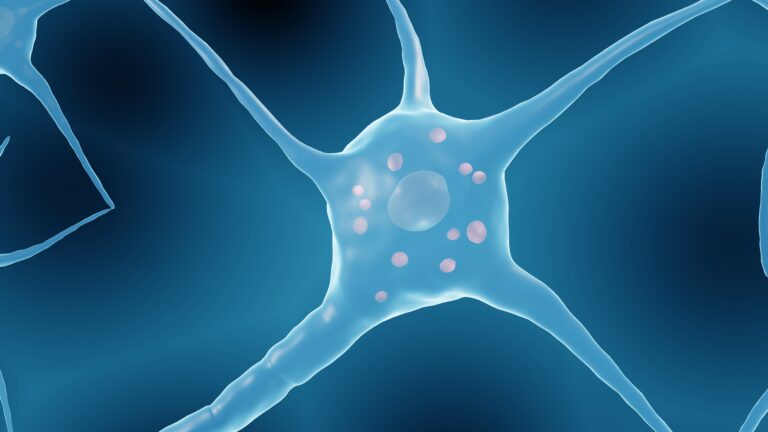Dementia is a group of symptoms that affects a person’s thinking, behavior, and ability to perform daily activities. It is a progressive condition that typically affects older individuals and can impact memory, communication, and overall quality of life. There are several types of dementia, each with its own unique set of causes and symptoms.
Vascular dementia is a type of dementia that results from problems with the blood supply to the brain. This can occur due to a variety of conditions, including stroke, atherosclerosis (hardening of the arteries), and other conditions that restrict or reduce blood flow to the brain. When the brain doesn’t receive an adequate supply of blood, it can lead to damage or death of brain cells. This can result in a range of symptoms, including memory loss, difficulty with language, problems with movement, and mood changes. Vascular dementia typically develops suddenly and progresses in stages, with symptoms appearing and worsening over time.
In contrast, Alzheimer’s disease is the most common type of dementia and is caused by a build-up of abnormal protein deposits in the brain. These deposits, called amyloid plaques, damage the connections between nerve cells, leading to their death. This gradual damage to brain cells over time results in the hallmark symptoms of Alzheimer’s disease: memory loss, difficulty with language, and problems with planning and decision making. Unlike vascular dementia, the symptoms of Alzheimer’s disease usually develop slowly and progress gradually over several years.
Another type of dementia is Lewy body dementia, which is caused by abnormal protein deposits in the brain called Lewy bodies. These deposits can interfere with the normal functioning of brain cells and lead to a range of symptoms, including memory loss, changes in mood and behavior, and problems with movement. Some people with Lewy body dementia also experience visual hallucinations, which can be particularly distressing.
Frontotemporal dementia is a type of dementia that primarily affects the frontal and temporal lobes of the brain, which are responsible for language, behavior, and emotions. This type of dementia typically affects people in their 50s or 60s and causes a range of symptoms, including changes in personality and behavior, difficulty with language, and problems with movement.
To summarize in one paragraph: The main difference between vascular dementia and other types of dementia is the cause of the condition. Vascular dementia is caused by problems with the blood supply to the brain, while other types of dementia are caused by abnormal protein deposits in the brain or degeneration of brain cells for other reasons. Each type of dementia has its own unique set of symptoms, progression, and treatment options, so it’s important for individuals with dementia to receive a proper diagnosis to help guide their care.





